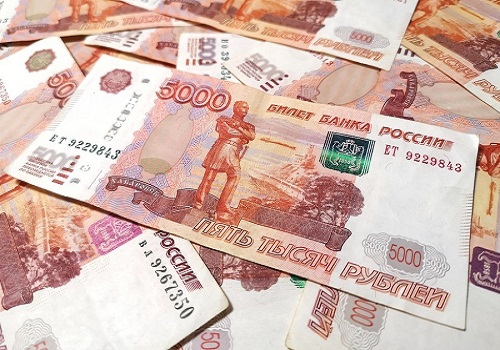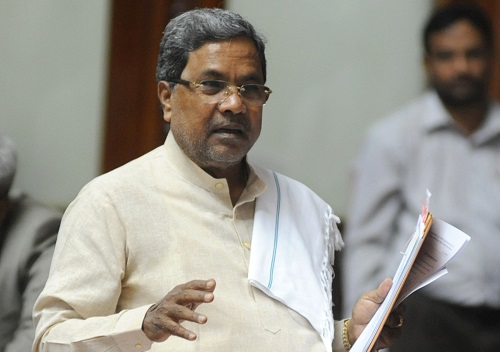Budget doubles funds for Indian knowledge system; thrust on regional languages

Follow us Now on Telegram ! Get daily 10 - 12 important updates on Business, Finance and Investment. Join our Telegram Channel
Special provisions have been introduced in the Union Budget 2023-24 to promote indigenous languages and Indian Knowledge System (IKS) among the youth.
An allocation of Rs 300.7 crore has been made in the budget for teaching, promoting and encouraging the youth in regional languages. It is 20 per cent higher than the previous year's allocation.
On the other hand, for the IKS, the allocation has been increased by 100 per cent.
According to the Union Education Ministry, the Central government has taken several steps to promote regional languages in educational institutions. This includes starting technical and vocational courses in regional languages in educational institutions.
According to the budget document, the grant for the promotion of Indian languages has been increased to Rs 300.7 crore in the year 2023-34 from Rs 250 crore in the year 2022-23. Compared to 2021-22, this time there has been a 70 per cent increase in the allocation for the promotion of Indian languages.
The institutions through which regional languages are being promoted include Central Institute of Classical Tamil, Central Sanskrit University, Central Hindi Institute, National Council for Promotion of Urdu Language and National Council for Promotion of Sindhi Language.
In addition, the Central Institute of Indian Languages, Mysore, is an institute that works for the promotion of all Indian languages, including Telugu, Odia, Malayalam and Kannada.
For IKS, the budget allocation has been increased from Rs 10 crore in 2022-23 to Rs 20 crore in 2023-24.
Under the IKS, elements of ancient knowledge of the country and its contribution to modern India are being included in the school curriculum and at the university level.
About the IKS, the Education Ministry has said that in ancient India, besides external dimensions of the discipline, emphasis was also laid on enriching the disciples' personality internally while imparting education in various subjects like history, art of debate, law, medicine and others.
In 2020, the government had set up the IKS Division in AICTE to promote end-of-the-line research on aspects of indigenous knowledge. AICTE says that Indian sports are also being included at the school level.
It aims to establish more inclusive sports at the school level while promoting physical education. It also aims to educate children about the various art forms of India and discover the rich cultural heritage of the country.
On completion of 2 years of the National Education Policy, the Central government has decided to promote 75 Indian sports. These sports include 'Atya-Patya', 'Kho-Kho', 'Langdi' (hopscotch), Javelin throw, 'Patang Udayan' (kite-flying), 'Sita Udhar' (prisoner's base), 'Mardani Khel' (a martial forms), 'Vish Amrit', 'Santhal Katti' and 'Gilli Danda'.
At the same time, the Education Ministry is also focusing on Ayurveda and metallurgy. According to the ministry, the Indian art tradition has the unique ability to inspire wisdom and devotion, harnessing consciousness and awakening naturally available human emotions.












 320-x-100_uti_gold.jpg" alt="Advertisement">
320-x-100_uti_gold.jpg" alt="Advertisement">








